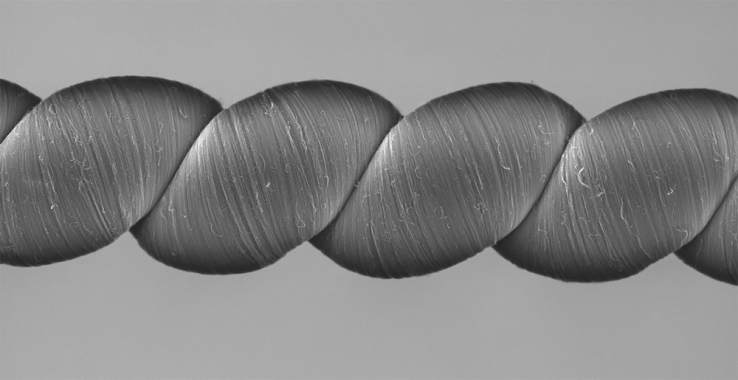We see a great deal about wearable energy-generating fabrics, garments that will help keep the wearer warm, or cool, or visible because of built-in piezo-electric generators in the makeup of the fabric. Several researchers are taking this to the next level, creating new warps and woofs of materials that will create energy from a greater range of energy inputs. Elias Siores and the University of Bolton In 2011, Professor Elias Siores and associates at the University of Bolton in the UK created a flexible fiber that could harvest energy from movement and light. Siores said it was flexible enough to be woven into “a sail, window curtain or tent and generate power”. The material was recognized as a major innovation at the 2011 Energy Innovation Awards in Manchester. In a 2013 paper, the team, led by described devising a “smart fabric.” “A smart material is one that shows extraordinary response when subjected to a stimulus. Piezoelectric materials are considered as …
MIT Solar Findings Mirror Those of 13 Year Old’s Tree Research
A recent report from MIT, replete with computer algorithms and graduate level insights, made your editor dip back into a story about a young naturalist who saw a model in nature that could lead to more efficient solar arrays. Both produced works of genius and give us hope for some real breakthroughs in solar power deployment. The Massachusetts Institute of Technology announced that, “Innovative 3-D designs from an MIT team can more than double the solar power generated from a given area,” and suggested that models of their new approach, “show power output ranging from double to more than 20 times that of fixed flat panels with the same base area.” Jeffrey Grossman, the Carl Richard Soderberg Career Development Associate Professor of Power Engineering at MIT and leader of the research team, reports in a paper published in the journal Energy and Environmental Science that the greatest improvements came in “locations far from the equator, in winter months and on cloudier …

